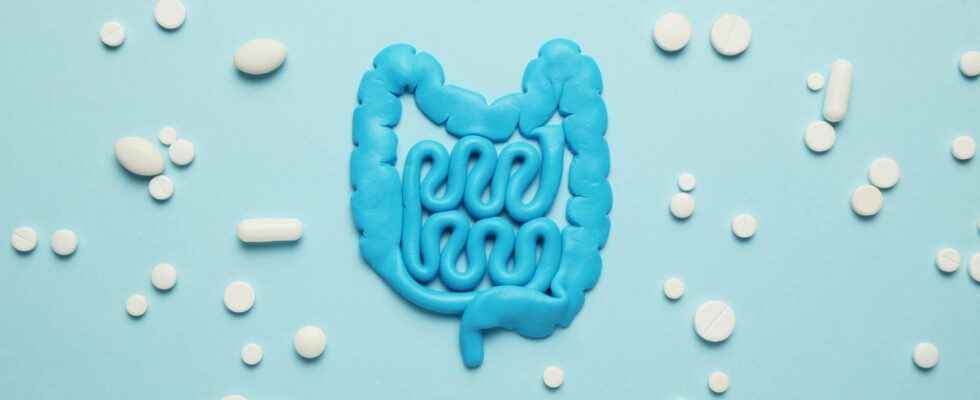Bioavailability is the fraction of a substance or drug that reaches the bloodstream (systemic circulation). It is characterized by pharmacokinetic data (amount of active ingredient passing into the blood, speed and metabolization process). To be assimilated and produce their action, drugs must go through several stages:
- absorption of the molecule
- distribution in the body
- metabolism
- elimination
The step ofabsorption is directly related to the mode of administration. It is thus complete by intravenous route, but longer or even incomplete by oral administration where the drug must first cross the intestinal barrier, the system door then the liver before reaching the general circulation.
Factors Affecting Bioavailability
- The physico-chemical properties of the drug: fat solubility, degree ofionization (a molecule very ionized or polar will for example have difficulty crossing the epithelial membrane), size of the molecule, etc.
- The dosage form of the drug: capsuleeffervescent tablet, prolonged or delayed release, gastro-resistant tablet…
- The chemical reactions when digestion : formation of a complex, hydrolysis by gastric juices or digestive enzymes (e.g. hydrolysis of penicillin and chloramphenicol palmitate), interactions with other medications, or metabolism by the intestinal flora.
- ability to bind to protein plasma: strong protein binding prevents the drug from circulating freely in the blood
Bioavailability also depends on individual factors (size, age, sex, activity physical, interactions with food, alcohol, pathologies digestive or hepatic, bariatric surgeryetc…)
Bioavailability curve and bioequivalence
The bioavailability of a drug is assessed by the area under the plasma concentration versus time curve. This represents the total exposure to an active substance received by the body. The concentration peak Cmax (when the concentration of drug in plasma is at its maximum) is the most widely used indicator to measure the rate of absorption: the longer the time taken to reach the peak (Tmax) is long, the slower it is.
This bioavailability curve is used to assess the bioequivalence medication. Two drugs are considered bioequivalent in quantity and absorption rate when their plasma concentration curves are almost superimposable. This measurement is particularly important for evaluating the bioequivalence of generic drugs, the list of which excipients may be different from that of the originator medicinal product.
You will also be interested
Interested in what you just read?
